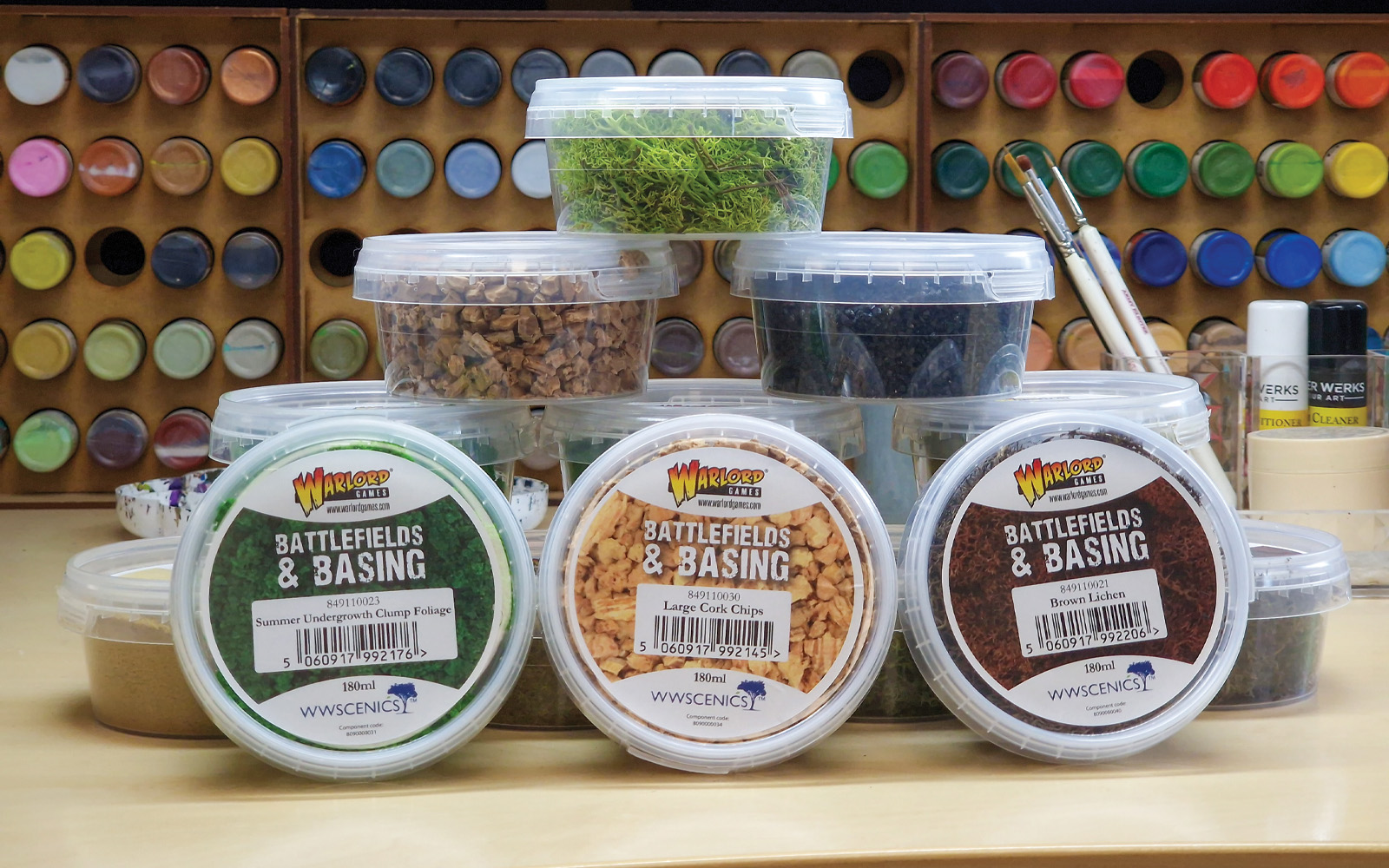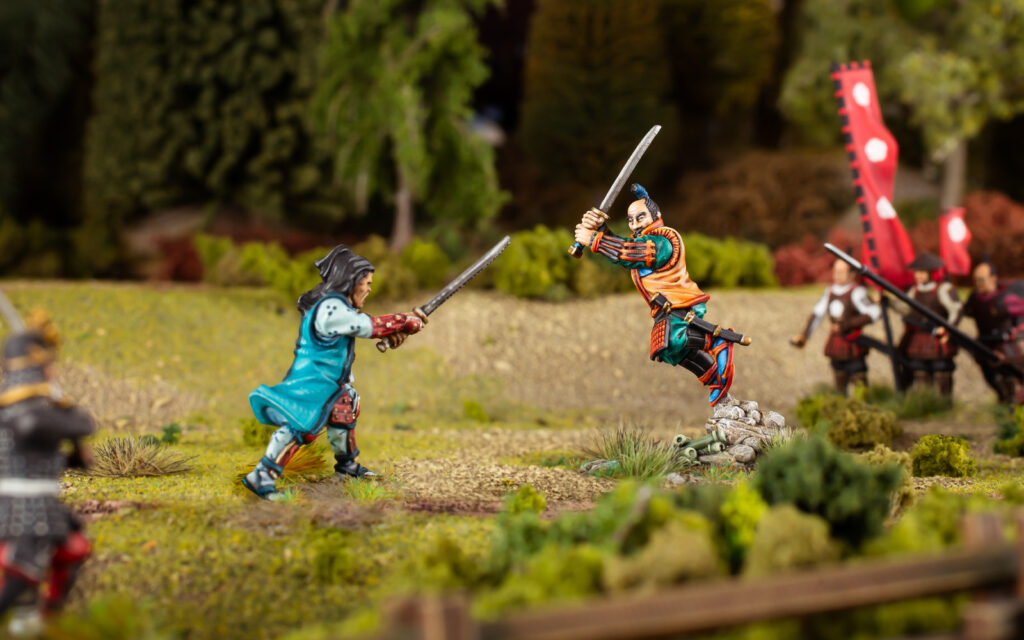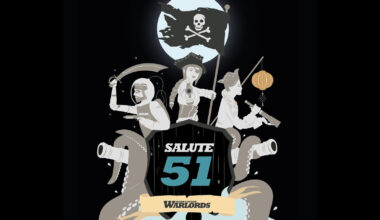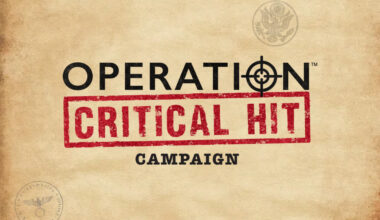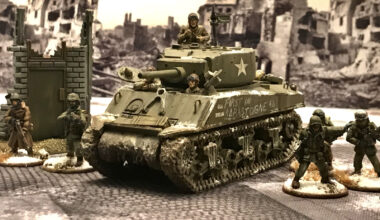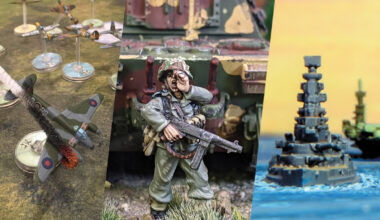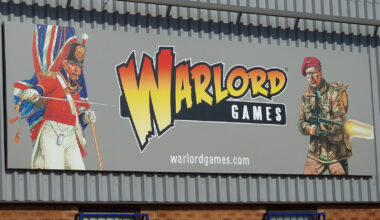Basing is a huge part of our hobby, and one of the key parts of theming miniatures to a specific place and time. A model isn’t finished until it’s based, and there’s an endless variety of styles and materials to choose from. We sat down with Design Studio Painters Kirsten Williams and Andrés Amián to get their perspective, and pick up some tips!
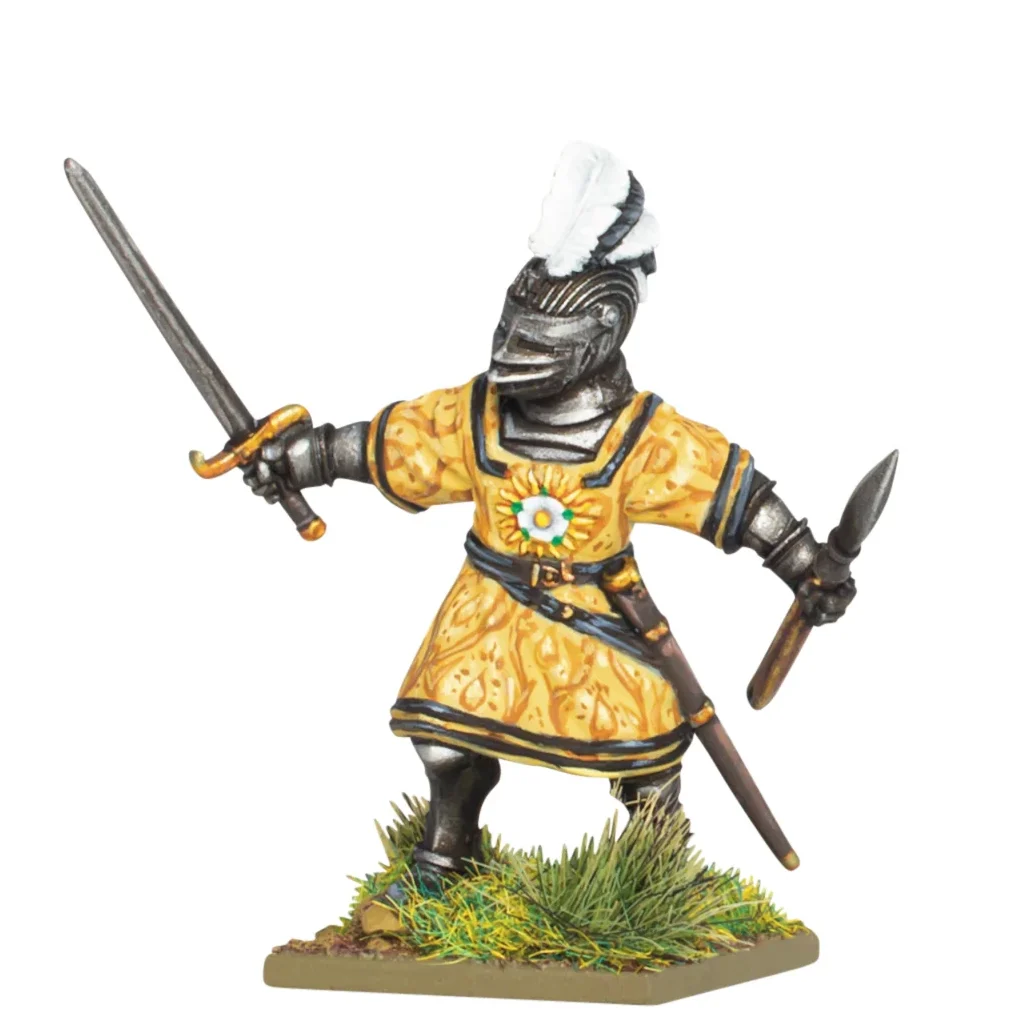
Just how important is basing to an overall paintjob?
AA – For me, basing is like the frame of a painting. Different figures suit different styles, particularly if they are for display or painting contests. In the case of miniatures that you’re going to play with, it has the added factor of tying together the whole force. It’s even a way of unifying the painting style – big projects can take a lot of time to complete and sometimes it is unavoidable that at the end you can see an evolution in your painting and modelling skills. By basing the whole army the same, many of those differences will ‘soften’.
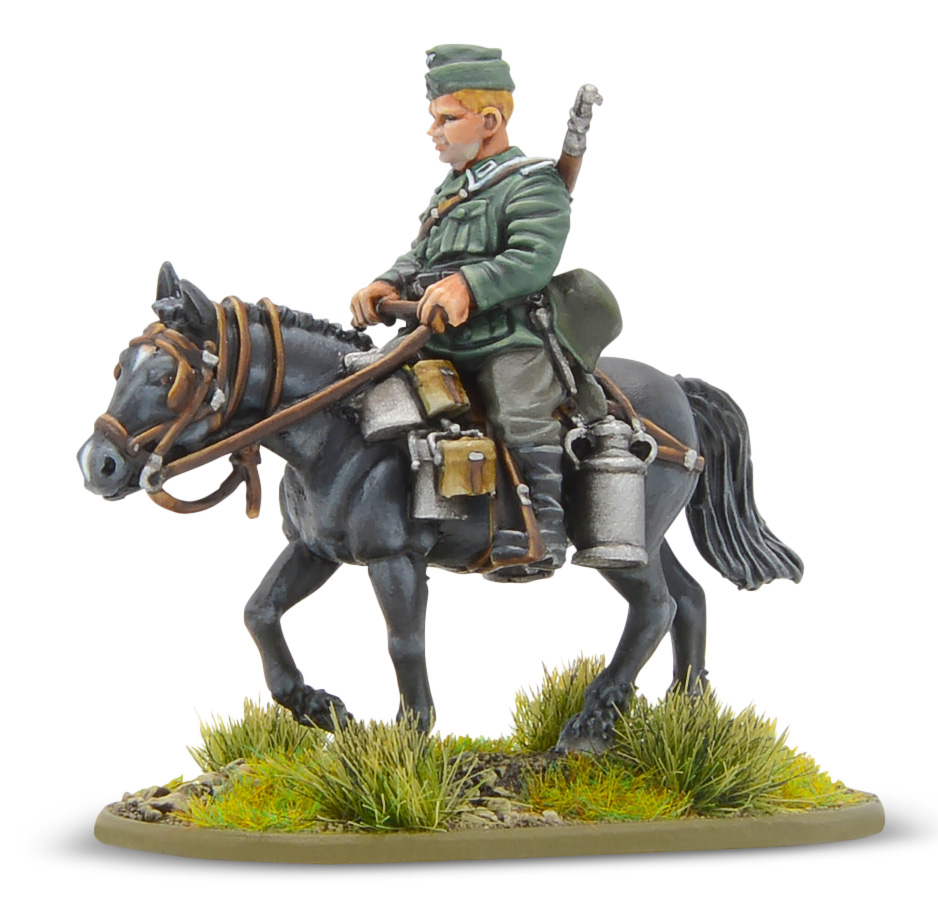
KW – I feel that basing is integral to a model looking ‘finished’. The base is a vital part of the story of any model; the colours and materials that you choose complement and build on the overall look of it. The application of something as simple as a rock or a tuft of grass can elevate your figure from ‘some random Bolt Action soldier’ to a German advancing through the grassy fields of France or an American storming the beaches of Normandy.
Do you do your bases before, after, or during the painting process?
AA – I tend to do the same basic basing for almost all of my figures: texture, drybrush in a lighter colour, paint the edge of the base, and add grass and tufts. I add the texture and do all the painting stages on the base after the figure is primed. This ensures I don’t accidentally paint over a finished model! Once the miniature is complete and varnished, I add the grass and tufts. I usually do this last stage only once the whole project is done. This way, all the figures will be the same, and we all know the pain of starting out a project with a fantastic type of tufts or grass, only to find with dismay once you run out towards the end of your force that the product is no longer available!
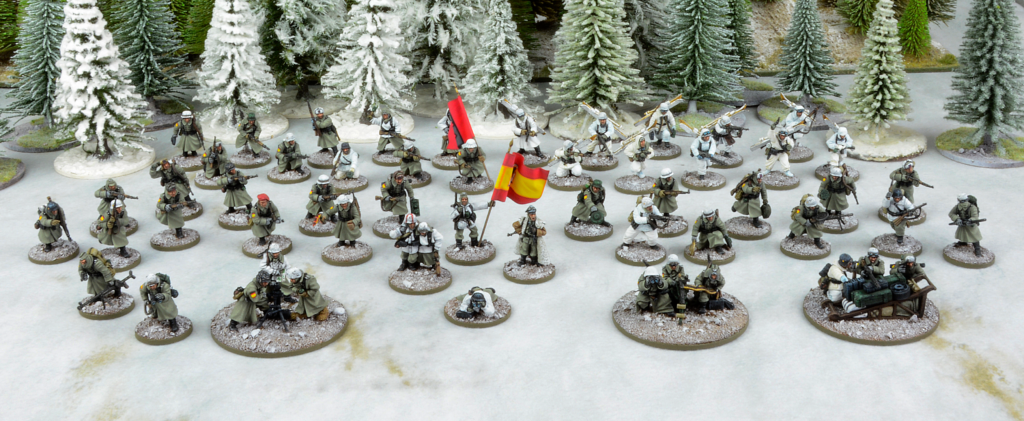
KW – I start my basing before I’ve even undercoated the figure! Once I’ve cleaned and assembled my model, I apply the first layers of basing – usually things like sand, stones, and bricks. That way, when I prime the model with a spray, it will help the materials stick and avoid them rubbing off during use on the table. I will then almost completely finish painting the base before I even start painting the model. I do this for two reasons. Firstly, it’s easier to touch up a drybrushed base if I accidentally get paint on it than it is to clean up the feet or legs of the model if I accidentally drybrush basing colours all over them. Secondly, it makes the model look virtually finished, no matter how little paint has been applied in other areas. This is a massive psychological boost, especially if you are production-lining large numbers of similar models.
What’s your favourite style of basing?
AA – I keep it simple, as I mentioned in the last question. I want to see my miniatures ready as fast as possible, and if the intention is to play as much as you can, the simpler the base is the better it will blend in on different gaming boards. But that’s just me!
KW – For my personal armies I tend to go for simple with contrasting colours. This normally means a sandy or gritty base, with a scattering of assorted rocks. The base will usually be a colour that contrasts well with whatever grass or tufts I’m planning to use, so if my grass is green I’ll do the sand brown or reddish, with the larger rocks being a shade that tones up or down depending on if the figure itself is dark or light-themed. The base itself has to complement the figure’s colour scheme, though. It could be the most beautiful base in the world, but if it clashes with the figure it won’t work at all!
Is there a style of basing you find particularly challenging? If so, why?
AA – Not really, it’s just a matter of ‘planification’ and learning what you need to do. If you’ve got all of your materials ready, and you’ve done a couple of tests, you can rattle through nice and quickly.
KW – Building up large piles of rocks convincingly is something I hate doing. You need to make sure it looks stable enough that your figure doesn’t appear to be doing an acrobatic balancing act, fill in gaps but keep it looking realistic, and somehow make it look more interesting than ‘a pile of rocks’!
What are your top tips and ‘hacks’ for basing?
AA – Keep it simple, don´t try to do too many things, and most importantly – do the grass at the end, once everything is dry, or you’ll end up with grass stuck all over your model!

KW – Have a supply of toothpicks and ancient dead brushes to hand for spreading your glue. You can use the brush to apply glue over large areas, or a toothpick point to get into tiny precise areas.
Apply your base layer of sand and rocks before you undercoat, so that it is held more securely in place than if you used glue alone.

Spray your varnish before you add tufts or grass, or it’ll look like someone badly applied snow to the vegetation!
When applying powdered snow, to make it look wetter, mix it with PVA and a little water and apply it like a paste. You can then scatter some loose snow over the top to make it look freshly fallen.
The controversial one – do you like bases on tanks and other vehicles?
AA – No controversy here! if the vehicle is small (motorbikes, small tankettes, and such) I will base it, if it’s larger I won´t. The exception are walkers – I base all of them, partially because I find it aesthetically pleasing, but mostly so they’re more stable and protected from accidents!
KW – If it has legs, then bases are fine. Everything else is on a case-by-case basis – the rule is simply ‘does it look cool?’.
Inspired to try out Kirsten and Andrés’ advice? You can find everything you need to base your miniatures (except a spare evening!) on our webstore!
